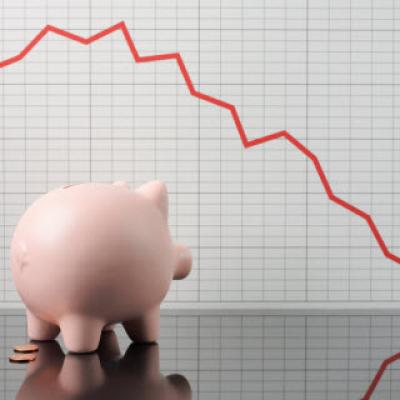
Website usability issues can stop users dead in their tracks and kill your conversion rates before the rest of your website gets a chance to work its magic.
By simply focusing on one, often overlooked attribute of your website, not only could your conversion rate increase, but your spend in other areas of traffic generation, such as SEO and PPC may yield a far better Return on Investment.
Welcome to the 3rd article in our Conversion Optimisation series. Previously we’ve discussed how your websites content has an effect on your conversion rates in our Make More Money From Your Traffic With 300% Conversion Rate
article, and also how different design elements effect conversion in last week’s article Your Website Should Be Your Best Salesman (but it probably isn’t)
This week we will look at how the usability of your website can stop users dead in their tracks and kill your conversion rates before the rest of your website gets a chance to work its magic. Where you place your call-to-action, your choice of colour pallets and other small, often overlooked elements can confuse or overwhelm your users and send them straight back off your page as fast as they got there.
A Webpage’s usability is an integral part of its success. User-centered design is all about building a website that fulfills the goals of its users, and enables them to interact with your website effectively.
The usability of a website is determined by it’s learnability, efficiency and memorability, as well as the level of satisfaction a user gets whilst interacting with it.
It’s happened to you plenty of times before! You went online with the intent of purchasing a new toaster. You arrived at the site planning to make a quick and easy purchase but you soon become frustrated. Where do you search to find toasters? Are they located under kitchenware or appliances? Where do you find the price? Can you purchase online? How much do they charge for delivery? Where do you click to find reviews?
Just reading this takes you right back to that frustrating moment in time doesn’t it, frustrated customers do not buy things!
Designing a great experience for your consumers is about making the path to purchase, or any goal completion, as straightforward and easy as possible.
A study by Microsoft found that a delay of less than 2-seconds in page-responsiveness reduced user satisfaction by 3.8% and clicks by 4.4%.
Even just a few seconds delay is enough to dramatically affect a user’s experience. 47% of consumers expect a website to load in 2 seconds or less, 40% will abandon a site it takes more than 3 seconds. We are all extremely impatient when it comes to website load time and the demand users are putting on high speed access is growing considerably.
While it’s tempting to use a fancy font your readers have never seen, it can often be better to work with what you already have. Consider the sizing and weight of the text you’re using. If you want to put more emphasis on a particular sentence, you can draw the reader’s attention where you want it without figuratively shouting at them with overdone caps lock or eccentric fonts.
Remember that web design is an art. Finding the right balance when it comes to typography is a matter of trial and error. As with many things, less can be more. Consider performing a simple A/B test to help you discover what your readers respond to better.
Navigability refers to any of the interface components on your webpage, such as navigation menus, search boxes, sidebar widgets that display recent content and so on.
Are there sufficient site features such as search boxes that people can use to find the relevant webpages they’re searching for? How many actions does it take to get to the page they’re interested in? How well are webpages categorized and organized? How well are navigational features constructed?
There is no definitive answer as to how long or how short your landing page should be. The optimum length is defined by who your audience is, what you’re trying to promote and what you’re trying to achieve.
If you have a complicated offering that requires a lot of explanation and supporting content then it makes sense to provide details readers will need. Too long a landing page can affect its usability so it’s important to consider who your readers are and they expect to find.
These are just a few examples of areas which could be affecting your webpages usability and in turn minimising your potential conversion rate. Creating a great user experience does not happen overnight. It takes research, on-going testing, time, money and attention – but it pays off in the long run.
Talk to an expert today about how we can drive
your business growth.